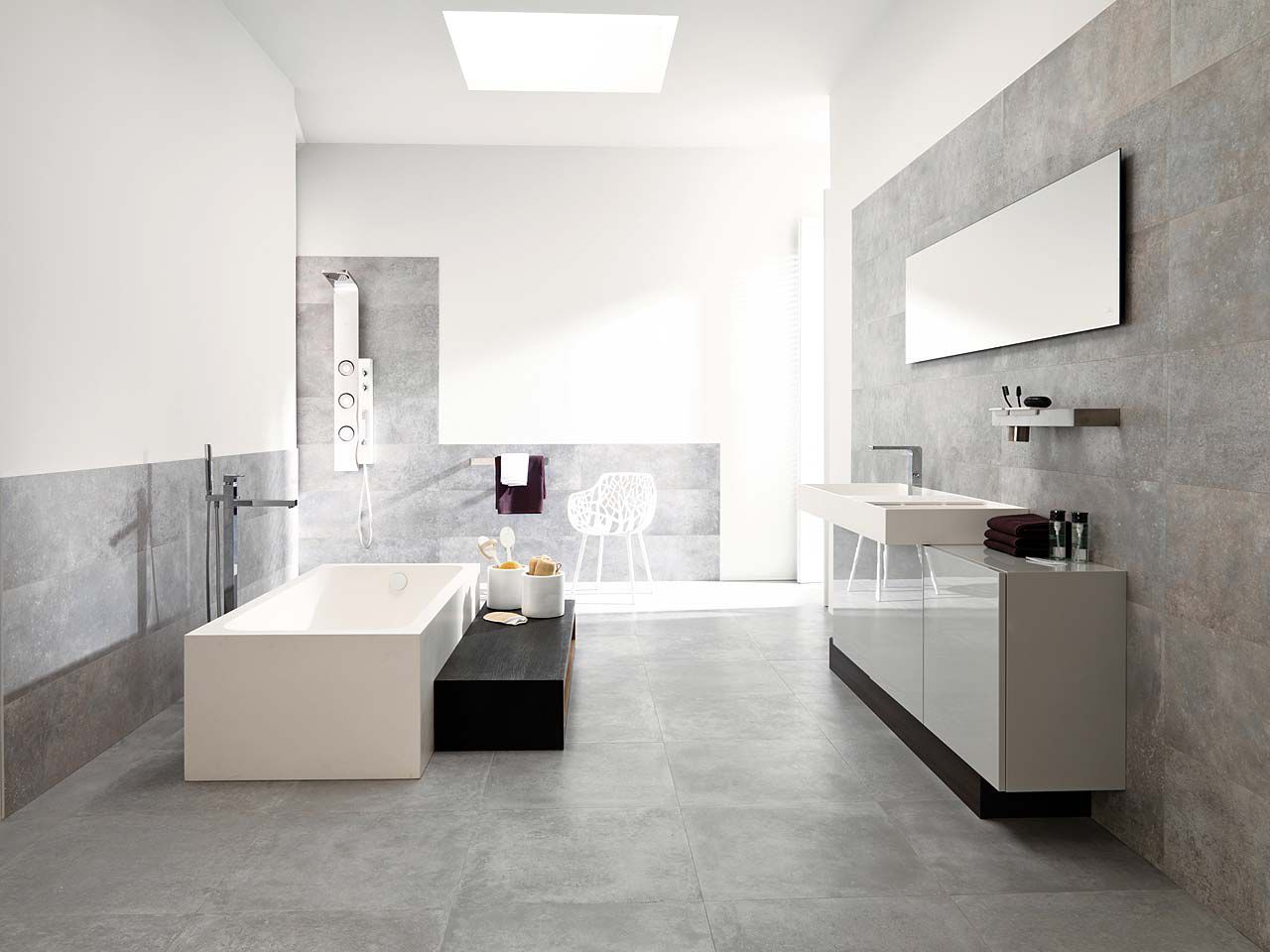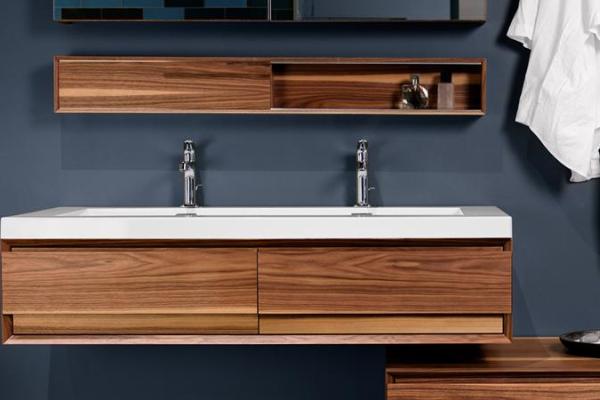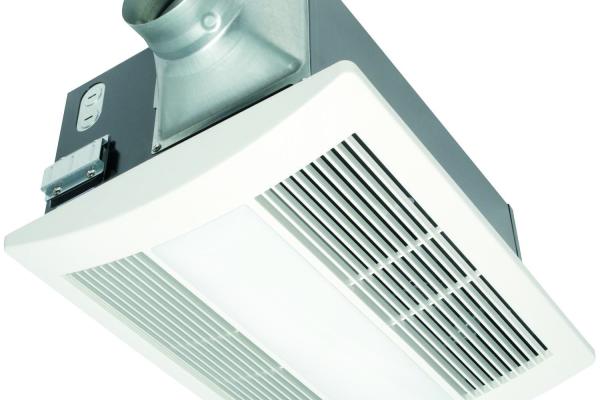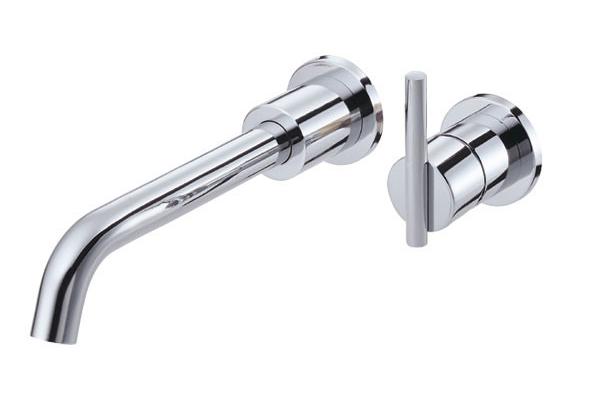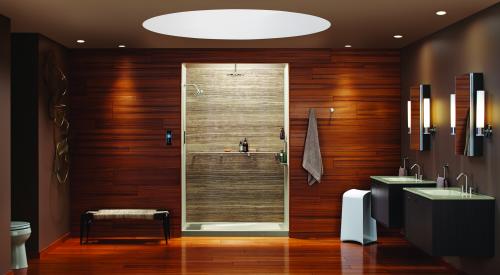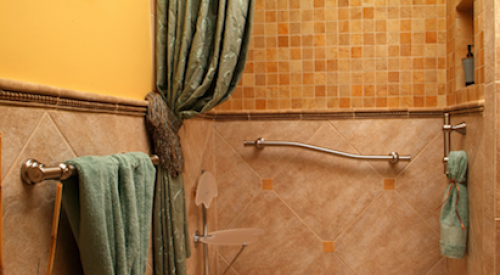Smart construction professionals know the importance of a well-appointed bathroom, so they try to add the most value and the coolest design features to lure buyers and wow clients.
If you’re going to spend some money, the master bath is the place, experts say. It’s the room where you can justify dual vanities, soaking tubs, towel warmers, steam showers, and other options.
There are some features architects say homeowners should avoid in the bathroom—TVs, fireplaces, teak shower trays—but they endorse practical touches that add value. Wall-mounted vanities can make a small bath feel large, but they also have a practical purpose: items are easier to access. And trench drains give baths a streamlined look, but they also create a barrier-free shower stall that is more accessible for everyone.
Your bath design should start with a series of important questions: How will the space function? Who will be using the space? How will it be used? What is the floor plan? Where will items be stored? How will accessibility play into the design? How will you bring natural light into the space? And how will you add artificial light?
“The answers to these questions can shed light on how much open floor space is needed for navigation around the room, what size tub or shower makes sense, whether two sinks are necessary, and more,” bhg.com says.
Consumer Reports offers a handful of ideas: Hide the toilet either in its own “room-within-the-room” or behind a half wall; splurge on the shower; use larger tile sizes to minimize grout lines; install water-efficient faucets and toilets; and ensure good ventilation, among others.
Once you have answered the important questions and considered the important ideas, it's time to start thinking about the design features that your clients will appreciate. Here are some for you to consider:
